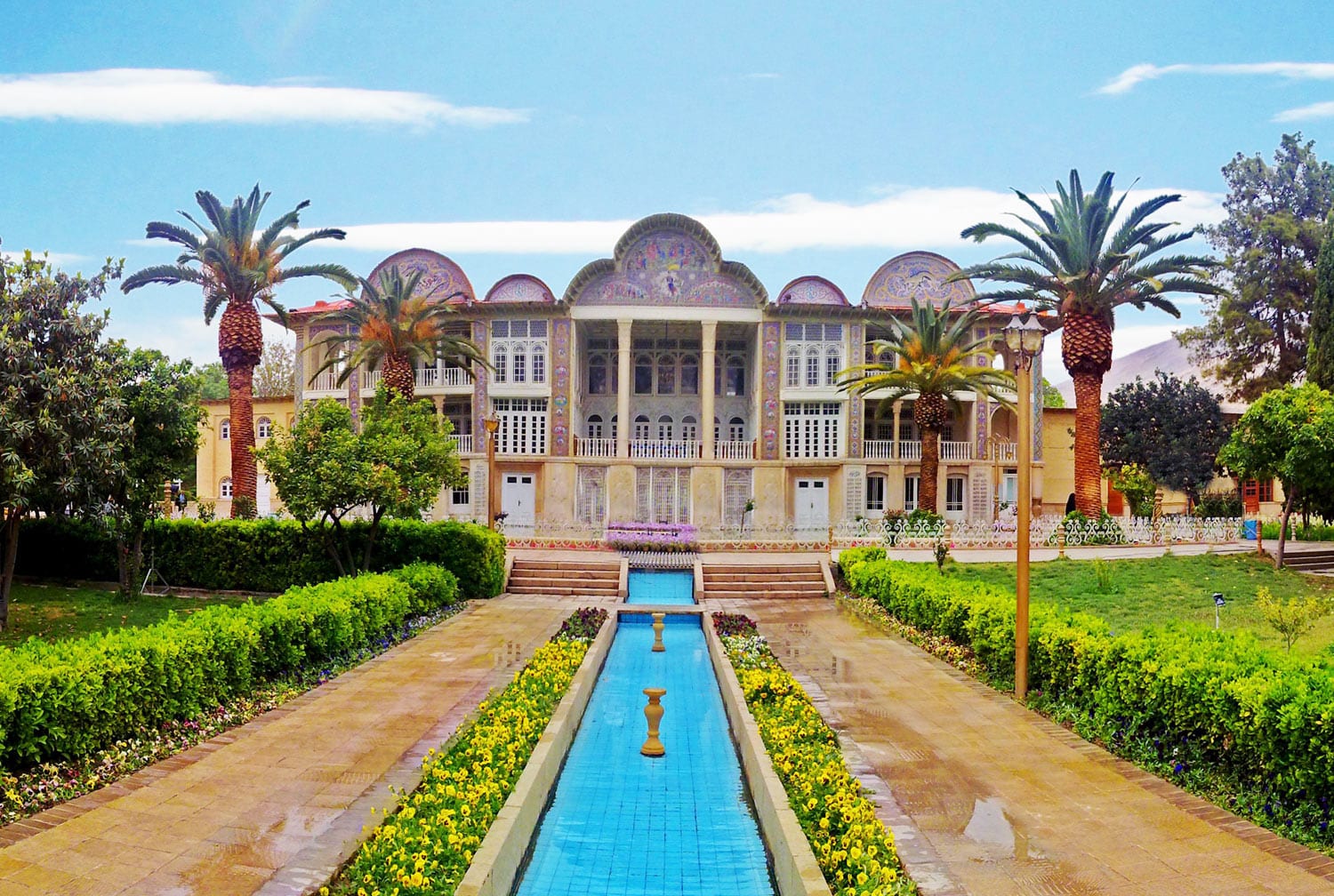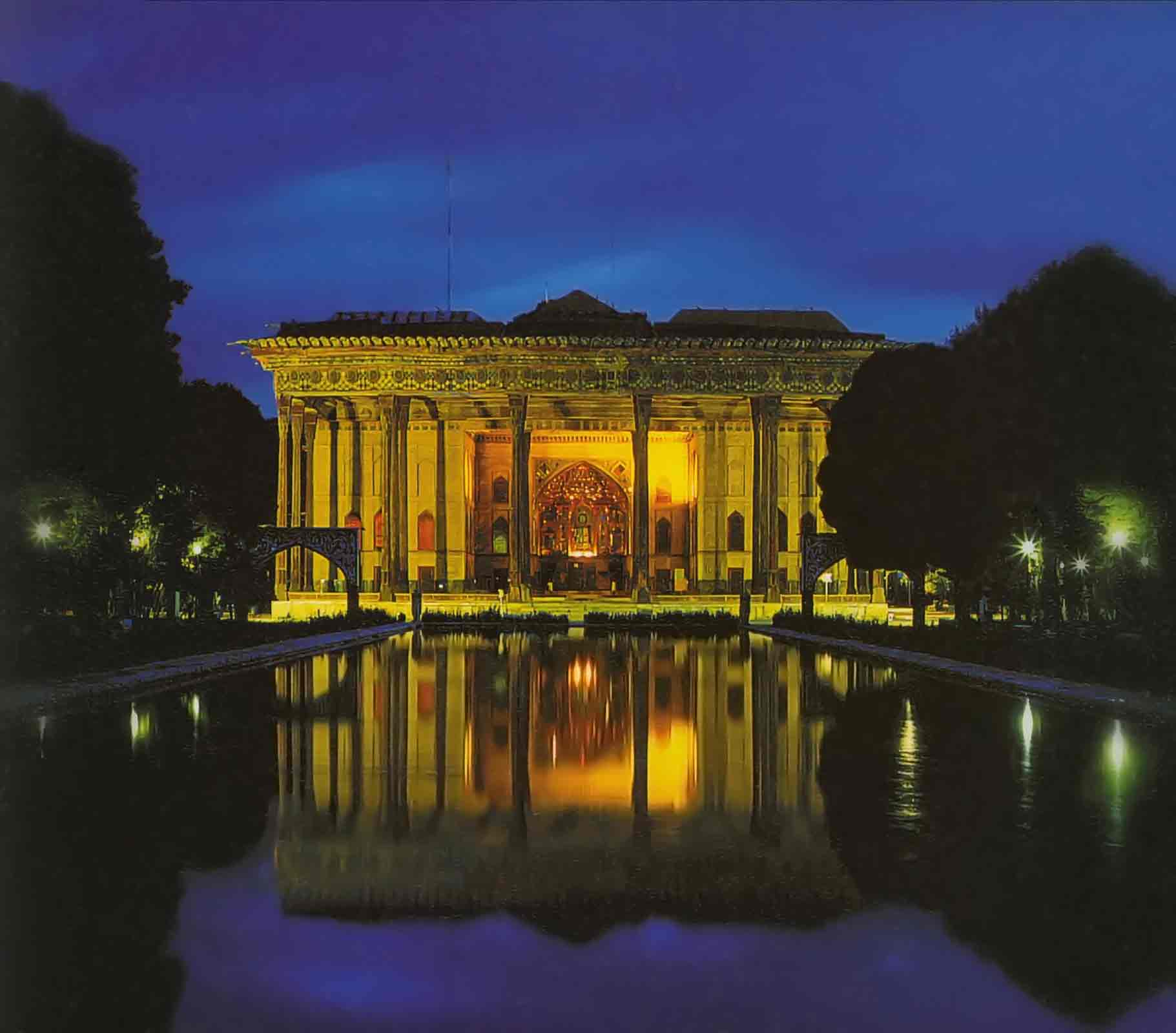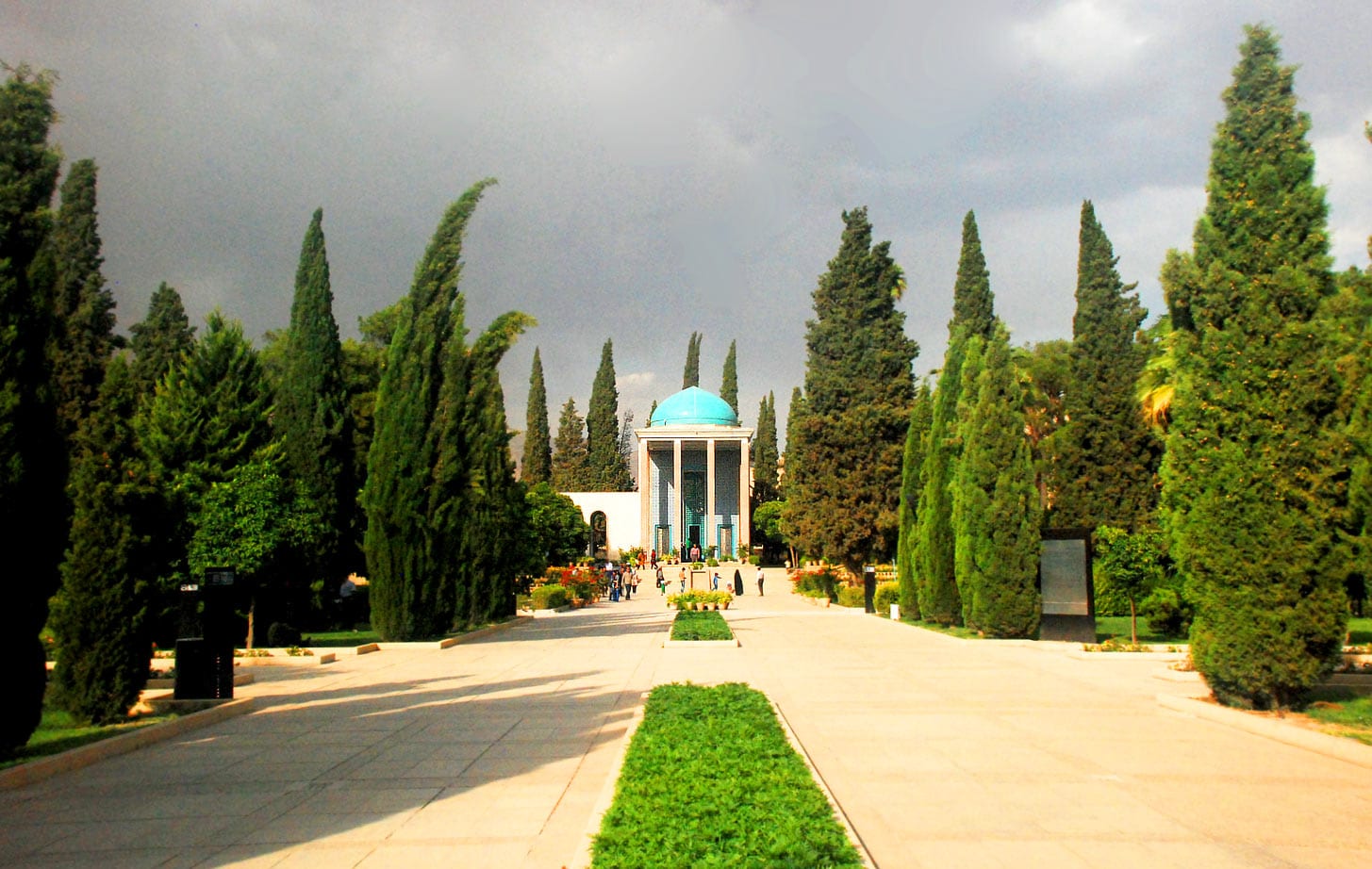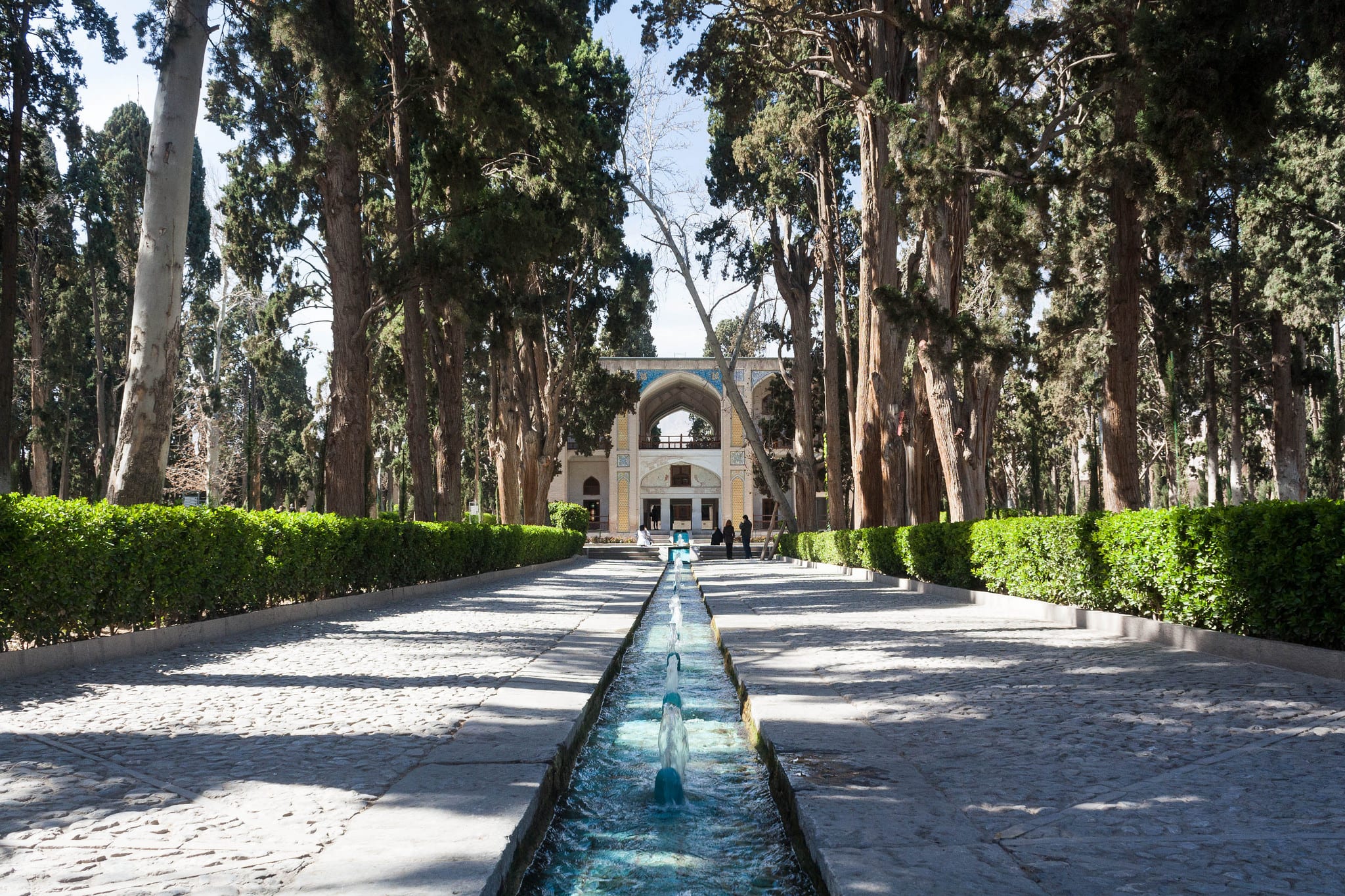Persian Garden Architecture

The Persian Gardens are a true masterpiece of human creativity and natural beauty, having earned their place on the prestigious list of UNESCO World Heritage Sites. These magnificent gardens, found in Iran, showcase a harmonious blend of nature and human design, with sunlight playing a crucial role in their structure and appearance.
Persian gardens may originate as early as 4000 BCE. Decorated pottery of that time displays the typical cross plan of the Persian garden. The outline of the Pasargadae Garden, built around 500 BCE, is viewable today.
Contents
List of Persian Gardens Listed as UNESCO World Heritage Sites:
- Pasargad Garden at Pasargadae
- Eram Garden, Shiraz
- Chehel Sotoun, Isfahan
- Fin Garden, Kashan
- Abbasabad Garden, Abbasabad, Mazandaran
- Shazdeh Garden, Mahan, Kerman
- Dolatabad Garden, Yazd
- Pahlevanpour Garden, Mehriz, Yazd
- Akbarieh Garden, South Khorasan Province

Persian Gardens – A Paradise on Earth
During the reign of the Sassanian (third to seventh century CE), and under the influence of Zoroastrianism, water in art grew increasingly important. This trend manifested itself in garden design, with greater emphasis on fountains and ponds in gardens.
During the Arab occupation, the aesthetic aspect of the garden increased in importance, overtaking utility. During this time, aesthetic rules that govern the garden grew in importance.

An example of this is the Chahar Baghi, a form of garden that attempts to emulate Eden, with four rivers and four quadrants that represent the world. The design sometimes extends one axis longer than the cross-axis, and may feature water channels that run through each of the four gardens and connect to a central pool.

The invasion of Persia by the Mongols in the thirteenth century led to a new emphasis on highly ornate structure in the garden.
The Mongol empire then carried a Persian garden tradition to other parts of their empire (notably India). Babur introduced the Persian garden to India. The now unkempt Aram Bagh garden in Agra was the first of many Persian gardens he created.

The Taj Mahal embodies the Persian concept of an ideal, paradise-like garden.
The Safavid Dynasty (seventeenth to eighteenth century) built and developed grand and epic layouts that went beyond a simple extension to a palace and became an integral aesthetic and functional part of it.
In the following centuries, European garden design began to influence Persia, particularly the designs of France, and secondarily that of Russia and the United Kingdom.

Western influences led to changes in the use of water and the species used in bedding. Traditional forms and style are still applied in modem Iranian gardens. They also appear in historic sites, museums and affixed to the houses of the rich.
BOOK ONLINE
Tehran Hotels
Elements of Persian Garden
Sunlight and its effects were an important factor of structural design in Persian gardens.
Textures and shapes were specifically chosen by architects to harness the light. Iran’s dry heat makes shade important in gardens, which would be nearly unusable without it.
Trees and trellises largely feature as biotic shade; pavilions and walls are also structurally prominent in blocking the sun.
The heat also makes water important, both in the design and maintenance of the garden. Irrigation may be required, and may be provided via a form of underground tunnel called a Qanat, that transports water from a local aquifer.

Well-like structures then connect to the Qanat, enabling the drawing of water.
Alternatively, an animal-driven Persian well would draw water to the surface. Such wheel systems also moved water around surface water systems, such as those in the Chahar Baghi style.

Trees were often planted in a ditch called a Jouy, which prevented water evaporation and allowed the water quick access to the tree roots.
The Persian style often attempts to integrate indoors with outdoors through the connection of a surrounding garden with an inner courtyard.
Designers often place architectural elements such as vaulted arches between the outer and interior areas to open up the divide between them.




